August 22, 2025 • 15 min read
How to Improve Customer Experience: Proven Strategies That Work

Content Writer
August 22, 2025
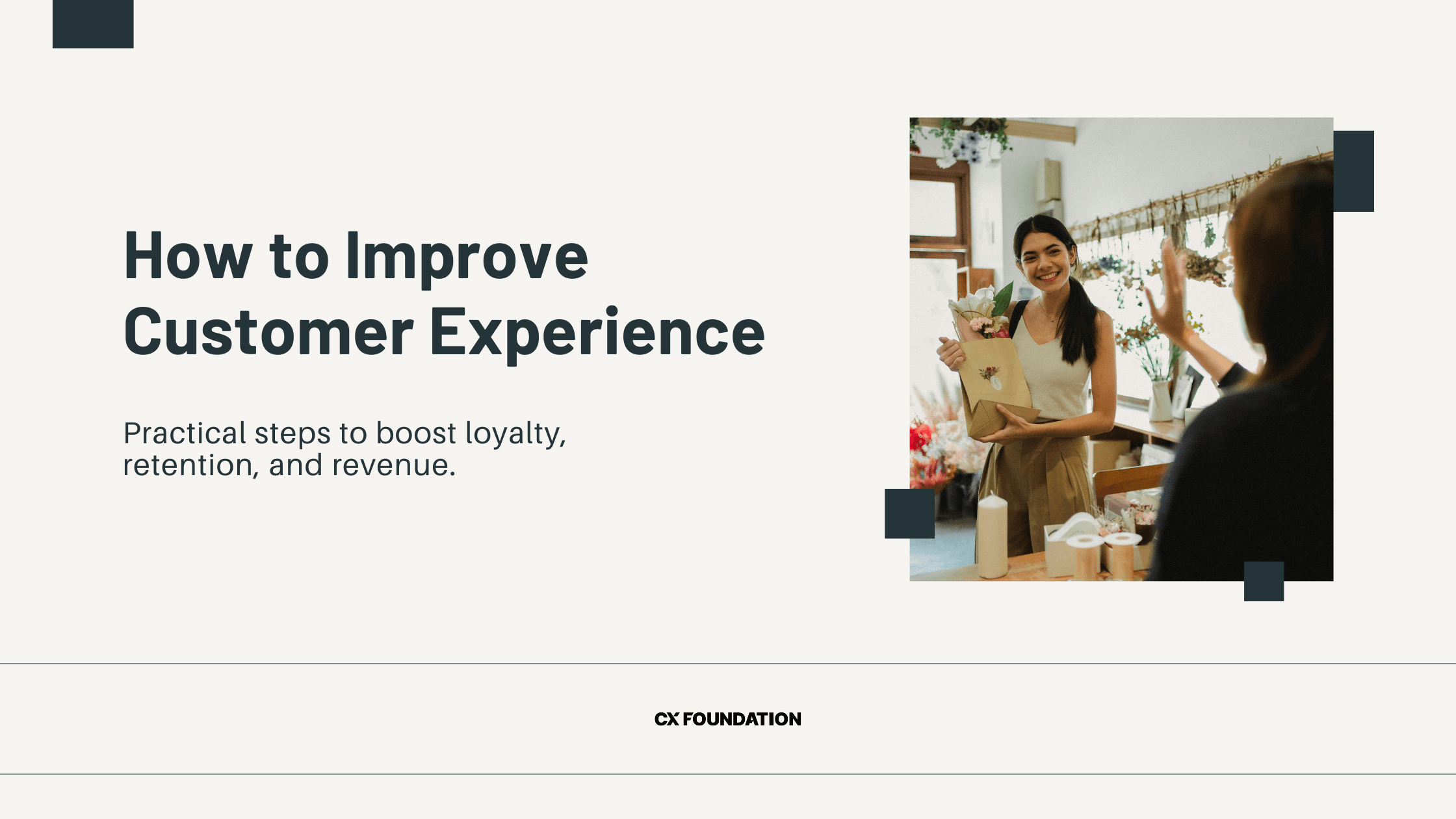
Companies that excel at customer experience (CX) raise revenue as much as 4-8% above their closest competitors.[*] It’s clear that CX is the ultimate defining differentiator today and that the most successful companies follow a smart and proven path. That path is to: understand customers deeply, streamline processes to cut down on friction, personalize their interactions, and measure their results to improve and adapt.
Why Customer Experience Matters
Customer experience matters because organizations that prioritize it see true improvements: higher customer retention rates that directly fortify revenue, higher customer lifetime values (CLV) that compound with time, and most importantly: brand advocacy that cuts down hefty acquisition costs.
Exceptional CX extends beyond basic feel-good metrics. Research from PWC shows that 86% of buyers are more than happy to pay for better customer experiences.[*] The willingness to pay premium prices for better services is your direct line to higher profitability in both short-term and long run scenarios. Outperform your rivals in both customer satisfaction and financial performance in a one-two punch that crowns you a market leader, not a follower.
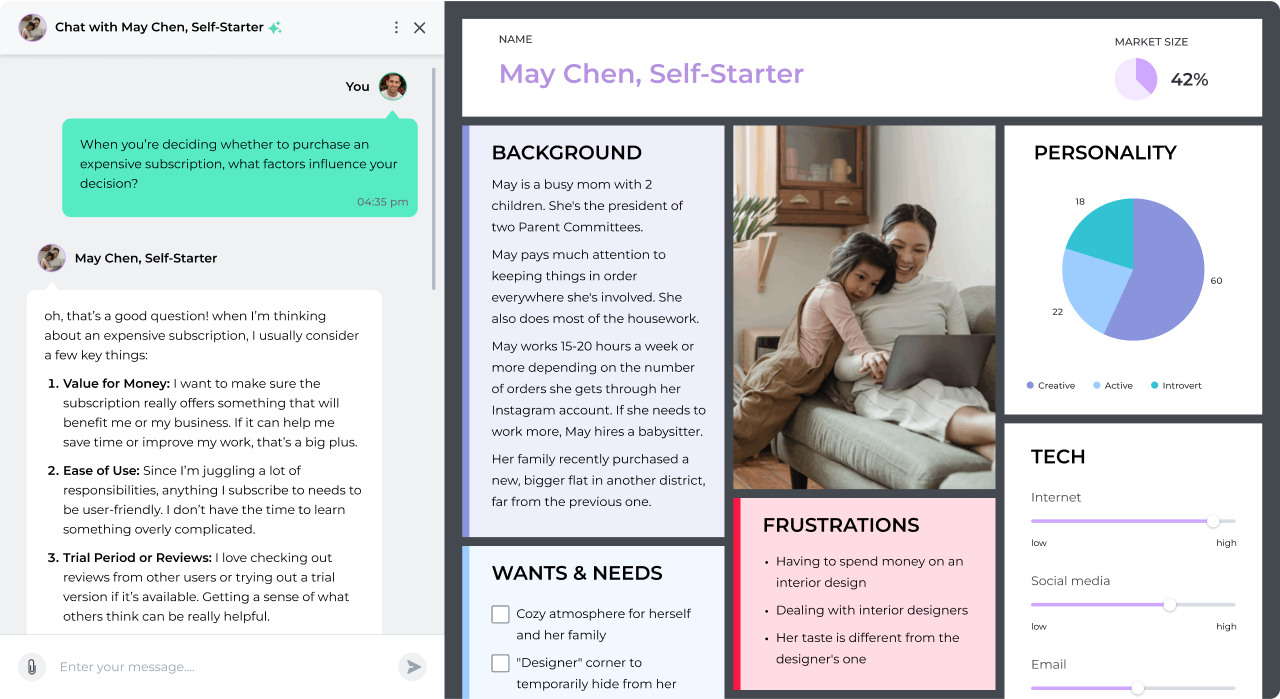
How to Improve Customer Experience: Key Steps to Get Started
Improvement of CX is all about a comprehensive set of actions addressing intermingled efforts that seem distant at first and go beyond just a single fixture or installing new software. These steps cover what every business should address from gaining better customer insights to actually arming teams with useful technology that they trust and understand.
1. Understand Your Customers Better
If you don’t know who your customers are and what they actually experience when they deal with your business, you are going to miss the mark entirely. Understanding your customers is much more than just knowing the basic demographics, it entails knowing their motivations, their frustrations, and the story they share with your brand.
Create Detailed Customer Personas
Developing truly comprehensive customer personas starts by understanding the real needs, preferences, and pain points of your customers. Effective persona development draws information from CRM analytics, website behavior patterns, and direct customer complaints and compliments. Successful organizations keep their personas up to date on a quarterly basis, reflecting behavior shifts and overall market conditions.
For example, let’s say a SaaS company increases their completion rates for onboarding processes by 22% after refining personas to touch on stated pain points around the process, they’d be fostering the power of detailed personas. They engineered and redesigned their process proactively by understanding where new users were struggling.
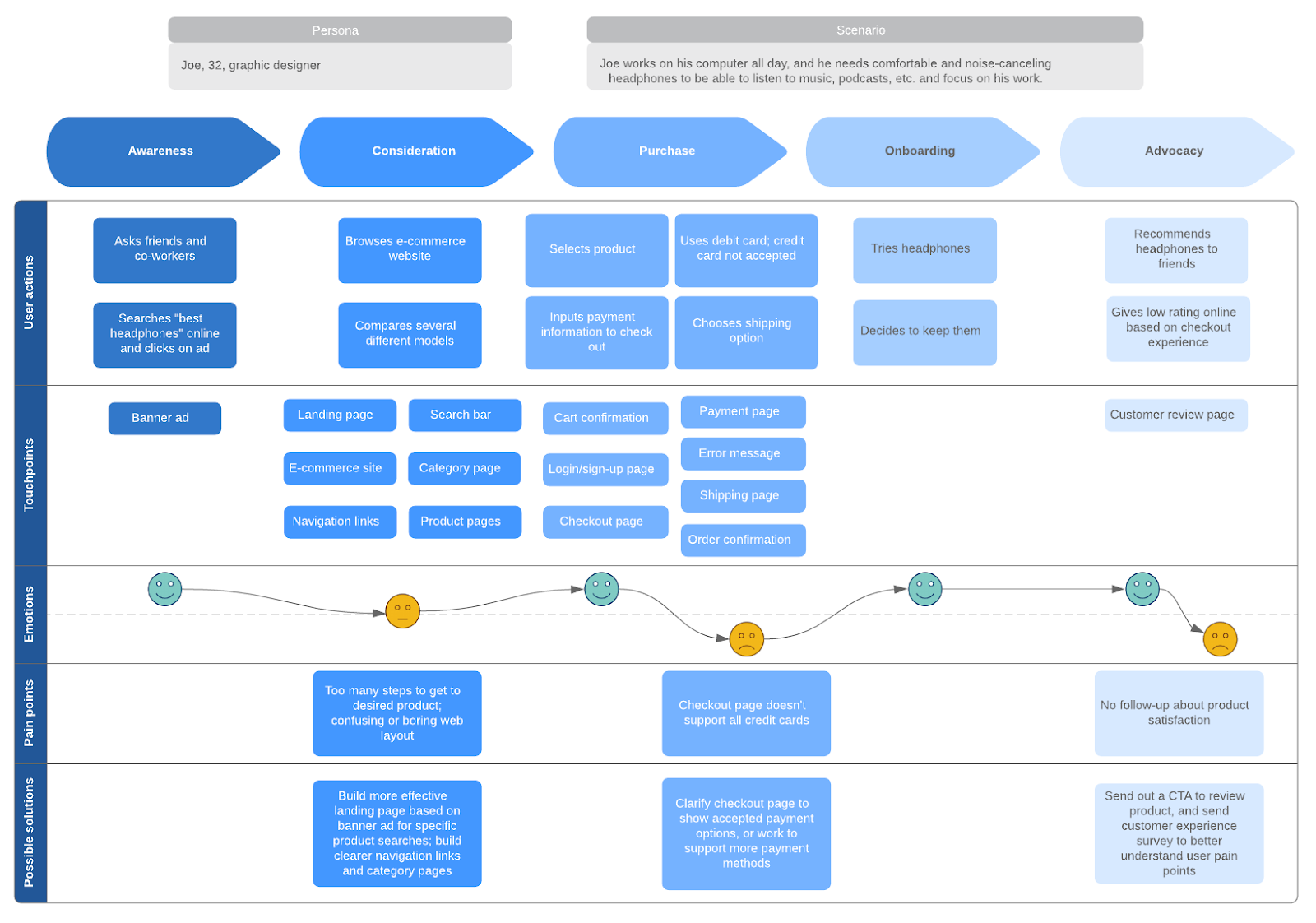
Map Your Customer Journey
Customer journey mapping involves truly visualizing all your touchpoints that customers run into from the initial discovery phase to when they need post-purchase support. This process is all about figuring out where the friction points are and how frustrated customers are about these (to the point of abandonment). Your guiding star is prioritizing which friction points to tackle first based on how they affect customer satisfaction and business outcomes, not just creating a map for the sake of it.
Case in point: a major retailer cut down checkout abandonment rates by 15% using journey mapping which uncovered slow mobile load times.[*] By optimizing mobile performance, they transformed this weakness into a stretching.
Implement Continuous Feedback Loops
Sustainable CX improvements demand you ensure ongoing feedback collection is happening across all channels you use. Consider deploying short post-interaction surveys to capture immediate feedback, monitoring social mentions and online reviews for unasked reactions, and analyzing your live chat transcriptions to find recurring issues are great starting points. But you must close this loop and act on the feedback to show customers that you’ve actually listened.
Studies have shown that airlines who implemented real-time feedback tools have cut complaint resolution times anywhere up to 40%.[*] This underscores how immediate feedback collection facilitates better problem solving and better customer satisfaction.
2. Streamline Your Processes
Process streamlining removes the clutter and unnecessary friction that makes customers’ lives harder by putting barriers between them and the goals they have interacting with your business. Streamlining is key to cut down on frustration and keep your employees motivated to work and focus on high-value interactions over rote and preventable issues.
Simplify Customer Interactions
You need to make it easy and simple for your employees, which means reducing form fields to just the basic information, making navigation of the website and app clear, writing all communications in simple language your customers expect, and ensuring your mobile operations are truly mobile-friendly and seem mobile-first.
Insurance providers have shown boosted conversion rates by up to 20% just by cutting down their signup forms from multiple pages to essentially just three fields.[*] Changes like these cut down major barriers when it comes to getting the necessary information from customers to serve them right.
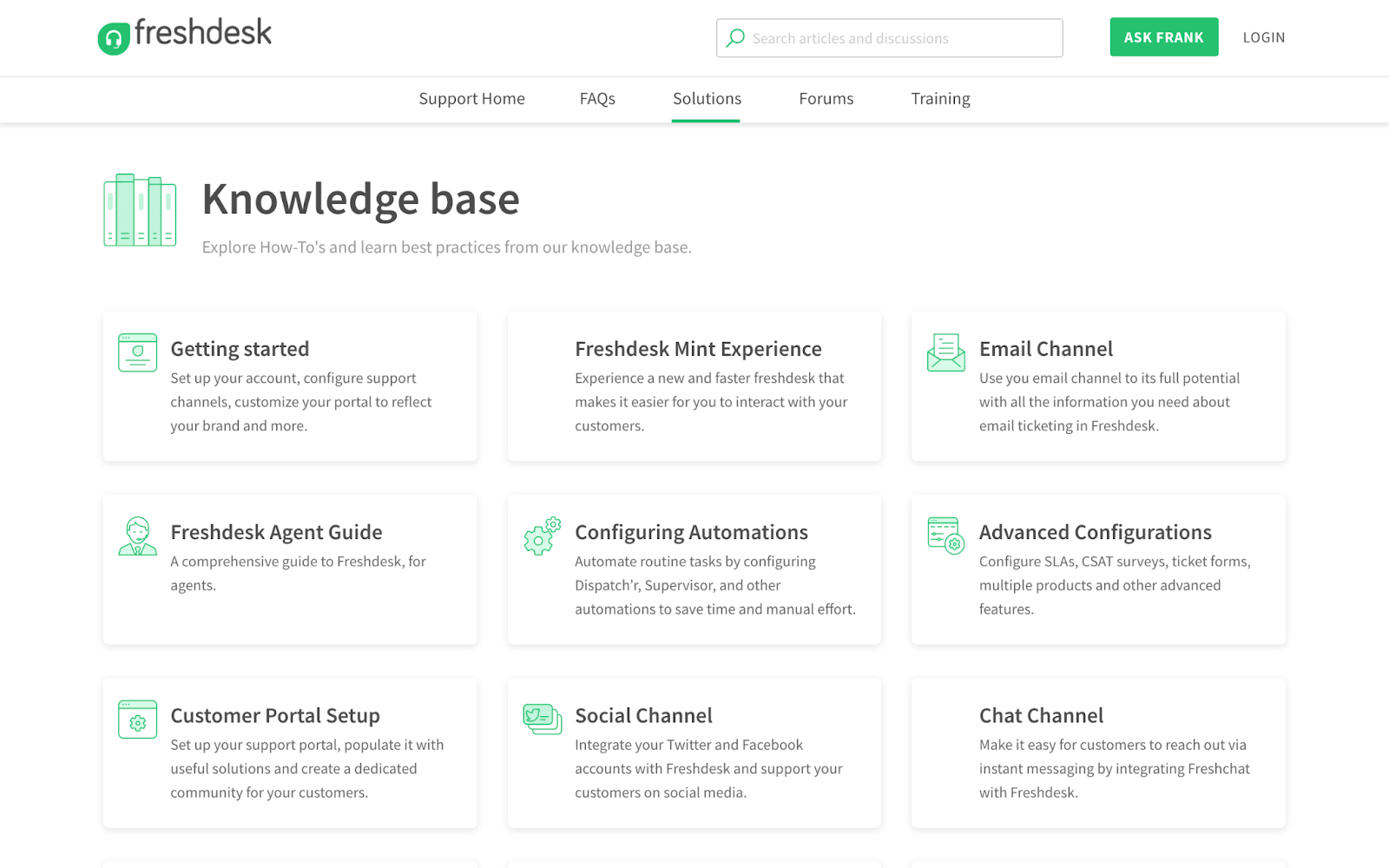
Offer Robust Self-Service Options
Your customers want to find answers on their terms, especially for things like simple tasks and routine questions they imagine you’ve been asked a million times. So be sure to build comprehensive self-service features like a detailed FAQ for the top 20 customer questions, implementing AI-enabled chatbots, showing video tutorials for complex issues, and keeping that searchable knowledge base updated and intuitive.
Microsoft found that 9 out of 10 customers want access to self-service portals, and companies who give that see their call volumes down by up to 25%.[*] Cutting down on support tickets means your support teams can focus on human intervention for the bigger complex issues that vex your base.
Optimize Your Support Channels
What exactly is optimizing your support? Well, it’s actually simple: it means providing consistent service across your multiple channels (phone, chat, socials, emails, and more). Setting clear response time service level agreements, enabling quick painless handoffs between your agents and their channels while also focusing to keep first-contact resolution up while cutting down customer effort.
Research makes it clear that brands that offered unified chat, email, and phone support had up to 89% higher retention rates compared to more fragmented support experiences.[*] Customers want consistent service no matter where or how they seek to contact your business.
3. Personalize Every Experience
Personalizing in an authentic and real way is much more than just putting a customer’s name into your subject lines. You have to deliver timely, relevant, and contextually-informed experiences that show your customers you see them as individuals with their own needs and wishes. You also have to do it ethically and respect privacy before you can experience the boosts in engagement, loyalty, and revenue it brings.
Use Customer Data for Tailored Interactions
Data-driven personalization implements recommendation engines based on past behaviors to create personalized email campaigns that reflect individuality and develop dynamic website content that adapts to visitor needs. It also means remembering these preferences and implementing them across all channels to show you “know” who they are and make them feel “seen.”
Amazon says that 35 percent of the revenue it sees yearly is on personalized recommendations, which underscores how important it is to get customer data and use it right.[*] Their recommendation engine looks at browning history, purchase patterns and other behaviors to find them products that they want to buy.
Build an Omnichannel Strategy
You cannot rely on just one channel to carry the business. A comprehensive omnichannel approach means you're talking and delivering services on par across anywhere customers find you: website, app, phone, email or even in-person. This means synchronizing inventory and pricing information to all channels and letting your customers carry on conversations switching between each seamlessly.
It is said that omnichannel shoppers have a 30% higher lifetime value when compared to single-channel browsers.[*] These customers are encouraged to come back to make more buys and remain loyal longer because of that convenience.
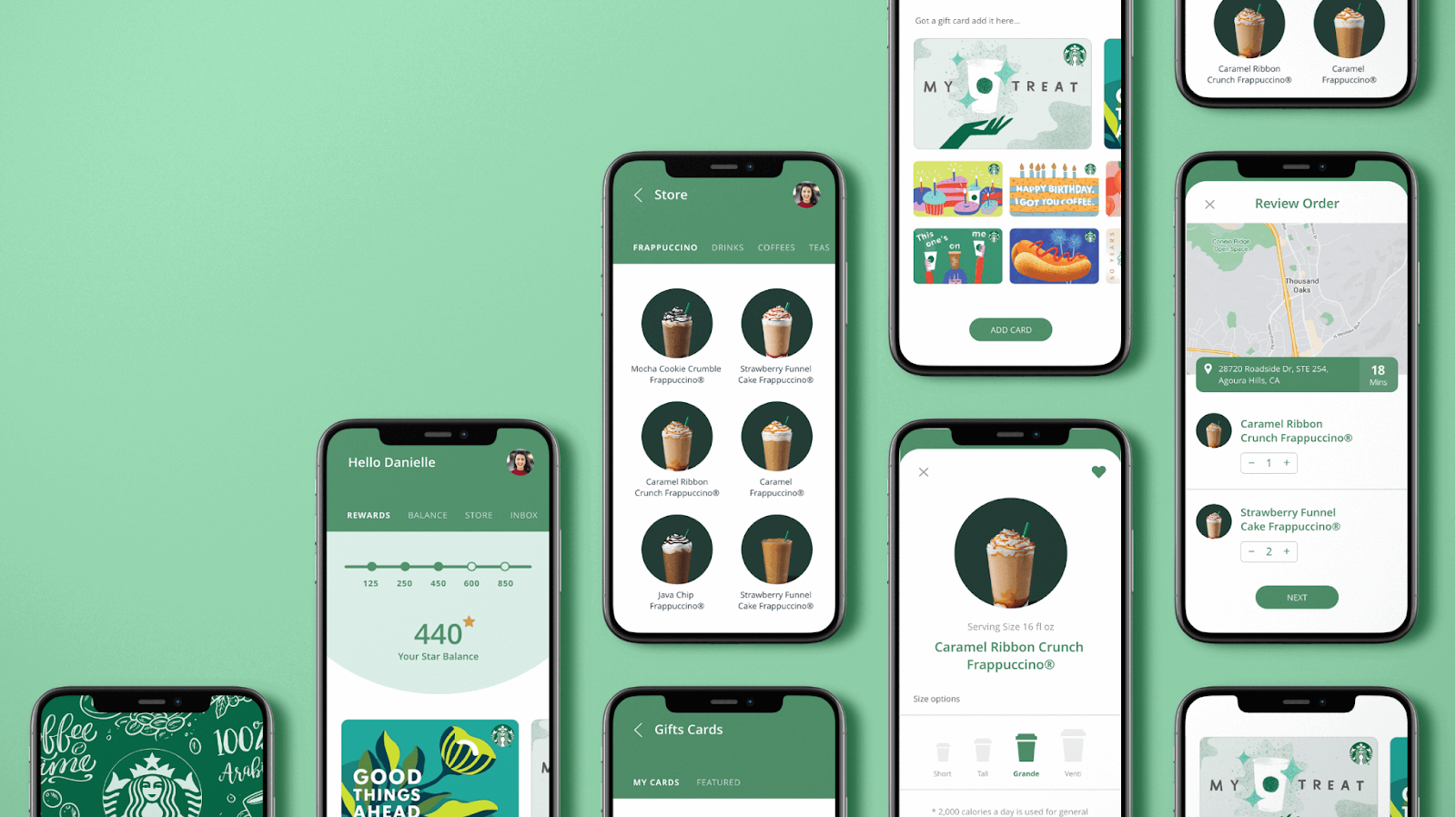
Create Meaningful Loyalty Programs
The best loyalty programs do not just allow customers to accumulate points, they also make an effort to offer personalized rewards that resonate and build on customer preferences. The best programs also showcase experiences and extend beyond paltry discounts, they make redemption processes simple and fun. This is all under one goal: to celebrate important customer milestones and foster lifelong emotional bonds.
Starbucks' loyalty program generates 40% of their US sales through personalized offers based on individual purchasing patterns and preferences.[*] Members receive customized drink recommendations and exclusive access to new products, creating value that extends beyond traditional discounts.
4. Empower Your Team
Employee satisfaction and customer satisfaction are so intrinsic to one another. This ultimately makes team empowerment a core component of any CX strategy. Providing your teams with the necessary skills, resources, and authority to make decisions but also remove barriers like multiple approval layers.
Invest in Employee Training
The most thorough and empathy-guided training programs cover essential skills that foster emotional intelligence, implement active listening techniques, and underscore deep product knowledge. Consider using role-playing scenarios that prepare employees for challenging customer interactions as these make training all the more effective.
Zappos credits their consistently low employee turnover and high Net Promoter Scores to their comprehensive 4-week customer experience training program that every new hire completes.[*] Investiture in training helps you ascertain and create employees who are confident, knowledgeable, and ready to create exceptional customer experiences.
Foster a Customer-First Culture
Being stingy with customer feedback throughout the organization impedes the creation of a customer-centric culture. Be sure to celebrate customer experience wins publicly, tying customer satisfaction metrics to performance reviews. You need to be encouraging customer-centric thinking in all business decisions.
Companies with strong customer experience cultures see employee engagement rates 60% higher than average.[*] Engaged employees go above and beyond for customers, creating a positive feedback loop adds smiles to customer’s faces and money to your bottomline.
Gather Frontline Insights
Frontline employees are the first people your customers see and talk to. They also have valuable insights about repeat problems and the solutions to those. You need to create systems to capture these insights including hosting regular feedback sessions, establishing simple reporting channels for identifying customer pain points. But this means nothing if you’re not using that feedback or acting on suggestions.
Let’s say a telecom provider cuts repeat customer calls by 18% after implementing a system to collect and act on frontline employee feedback. In that scenario, that would mean employees identified common issues that weren't visible in traditional metrics but were causing customer frustration and driving inefficient repeat contacts.
5. Leverage Technology and AI
The hype is real: artificial intelligence can significantly scale back customer friction, anticipate customer needs, and free employees to focus on the nitty gritty interactions that demand human expertise. But implementing technology means enhancement rather than replacement of the human connection.
Implement Predictive Analytics
Predictive analytics takes that rich historical data and infuses machine learning to predict and acclimate to customer behavior and needs. With these innovations, you can identify at-risk customers before they churn, set automated alerts for unusual account activity, analyze patterns to optimally communicate, and personalize offers based on predicted desires.
Fitbit, a leader in the subscription-based fitness app space, reduced customer churn by 15% using predictive analytics to identify users showing early warning signs of tuning out.[*] By proactively targeting potential deserters through optimal personalized retention offers, they kept customers who would have just cancelled and left.
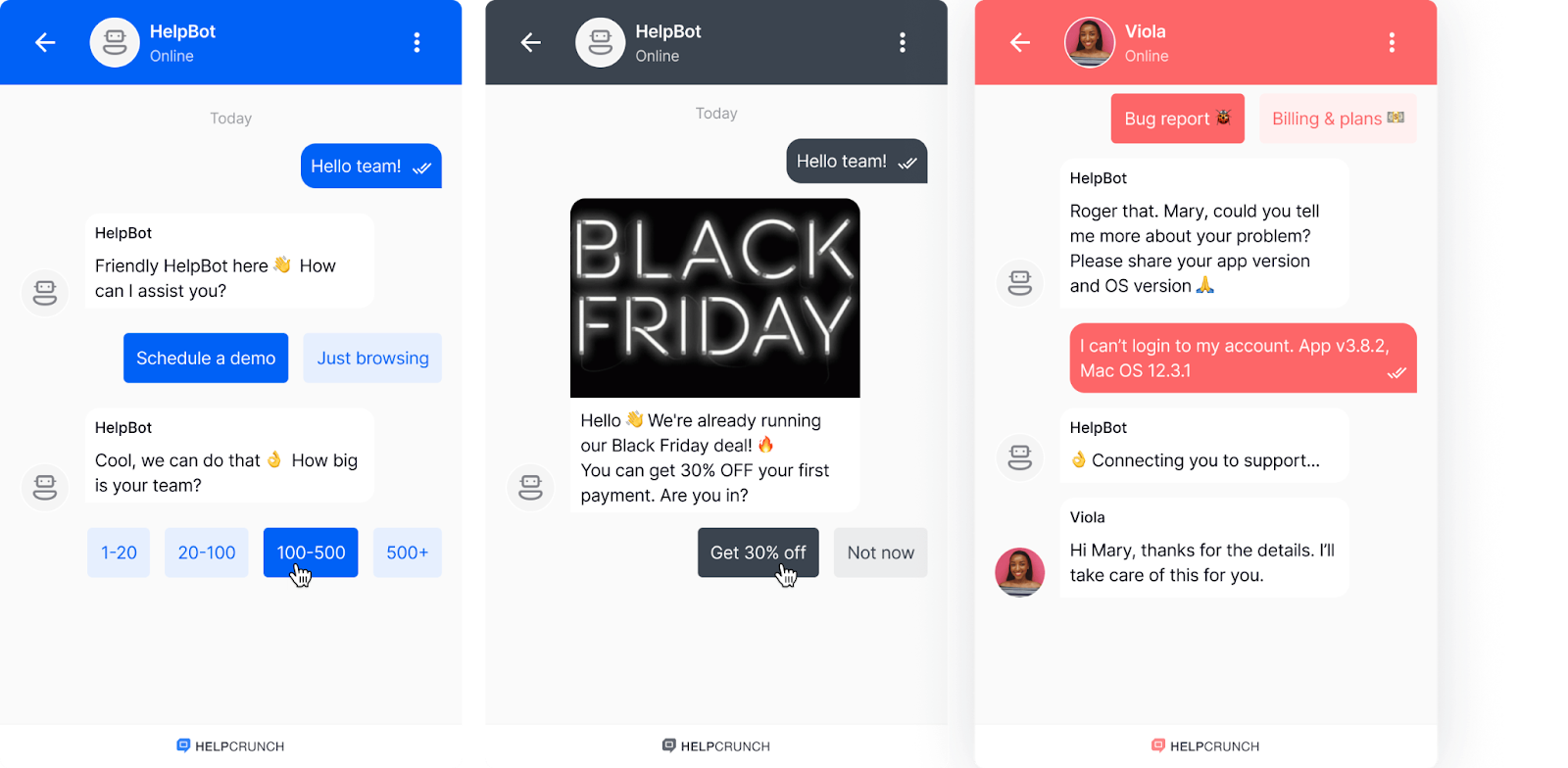
Deploy AI-Powered Support Tools
AI makes it a breeze when it comes to handling routine inquiries, analyzing customer sentiment flag the worst issues plaguing your business, providing real-time language translation for inclusive and global access, and even when it comes to offering agents next-best-action prompts based on customer history and context.
Gartner predicts that by the turn of the decade AI chatbots can successfully resolve up to 80% of routine customer inquiries without requiring human intervention.[*] Your agents should not be afraid for their jobs, they should be glad to know that their time is now free to tackle the human issues that AI cannot really do: empathy-laced conundrums that need a human voice and touch.
Automate Routine Tasks
You have to strategically handle the way you leverage automation. Automation will cut down on repetitive tasks not limited to status updates, follow-up communications, initial inquiry assessments, and appointment scheduling. Your mission with automation is to ultimately eliminate manual work that doesn’t really add any value to your team while maintaining your human touchpoints.
You can imagine this when an e-commerce brand cuts their average response times by up to 50% through automation.[*] They do that because their automation efforts acknowledge customer inquiries, provide tracking information, and route complex issues to the best possible agents. This efficiency improvement plusses your customer satisfaction levels while reducing overall operational costs.
6. Measure What Matters
To get the right metrics to track you need to do these things: identify what's working, what sucks and needs improvement, and where future improvements are needed. If you're not tying customer experience metrics to business outcomes, you’re not doing it right.
Track Essential CX Metrics
Key CX metrics each serve specific purposes (check out our guide for even more metrics):
- Net Promoter Score (NPS) measures customer loyalty and whether or not they recommend you.
- Customer Satisfaction (CSAT) captures satisfaction with specific interactions.
- Customer Effort Score (CES) underscores how easy it is for customers to accomplish their goals.
- First Response Time measures support efficiency.
- First Contact Resolution indicates support effectiveness.
Companies actively looking after their CES will have cut down on customer churn by up to 20% by spotting and terminating their sources of customer frustration.[*] CES is so important because it measures all of the friction customers run into when they are just really trying to accomplish their goals.
Calculate Your CX ROI
Connecting customer experience improvements to business outcomes is core to your CX strategy. If you’re not linking satisfaction improvements to revenue growth, you’re failing. If you’re not measuring retention rate changes, calculating cost savings from cut support volume, and tracking increases in customer lifetime value, you’re not thinking about your CX ROI seriously. You need to consider these elements as the golden standards.
Forrester research found that companies leading in customer experience outperform laggards by nearly 80% in customer spending.[*] This performance difference demonstrates the direct financial impact of investing in customer experience improvements.
Act on Your Data
The best way to act on your data is to spot real-time dashboards providing immediate visibility into key metrics. You cascade those insights into automated alerts concerning trends. You consider root cause analysis to understand underlying issues. Ultimately, regular sharing of metrics across teams to drive action and accountability.
A call center reduced their average resolution time by 35%[*] after implementing real-time dashboards that allowed managers to identify bottlenecks immediately and reallocate resources to address problems as they emerged.
Quick Wins You Can Implement Today
While comprehensive customer experience transformation takes time, many high-impact improvements can be implemented quickly without major budget investments or long development timelines. These quick wins build momentum and demonstrate the value of customer experience investments.
Immediate Actions (This Week)
Start with changes you can make immediately: commit to reducing email response times by 50% through better processes and prioritization, add a comprehensive FAQ section to your website addressing the most common customer questions, send personalized thank-you messages after purchases or significant interactions, and resolve the top three customer complaints identified through recent feedback.

Short-term Improvements (This Month)
Build on immediate wins with slightly larger projects: launch post-purchase surveys to capture feedback while experiences are fresh, provide additional training to customer-facing teams on new skills or product knowledge, add live chat functionality to your website for immediate customer support, and create response templates for common inquiries to improve consistency and speed.
Strategic Initiatives (This Quarter)
Longer-term improvements require more planning and resources: map the complete customer journey to identify all touchpoints and friction points, implement a comprehensive feedback management system, launch a pilot loyalty program for your most valuable customers, and develop an omnichannel strategy that provides consistent experiences across all customer interaction points.
Common Pitfalls to Avoid
Many organizations make predictable mistakes when implementing customer experience improvements. Understanding these pitfalls helps avoid wasted effort and customer frustration:
- Collecting extensive customer feedback without taking visible action damages credibility and frustrates customers who took time to provide input. When customers see their feedback ignored repeatedly, they stop participating in surveys and lose trust in the organization's commitment to improvement
- Over-automating customer interactions without maintaining human fallback options creates frustrating dead ends when customers need help with complex or unusual issues. The most effective approach combines automation for routine tasks with easy escalation paths to human agents when needed
- Making significant changes to customer-facing processes without measuring their impact makes it impossible to know whether improvements are actually working. This leads to continued investment in ineffective strategies while missing opportunities to optimize successful changes
- Treating all customers identically without segmentation ignores the reality that different customer types have different needs, preferences, and value to the business. Effective customer experience strategies acknowledge these differences and tailor approaches accordingly
- Neglecting the critical role employees play in customer experience delivery undermines even the best-designed processes and technologies. Without engaged, empowered employees, customer experience improvements remain superficial and inconsistent
Building Your CX Future
To sustain real CX improvement, you will rely on these four interconnected pillars: understanding your customers via detailed research and ongoing feedback, streamlining processes to eliminate friction, personalizing interactions based on individual needs and preferences, and measuring results to drive continuous improvement.
CX is not a destination but an ongoing journey. It means understanding, improving, and adapting to changing customer expectations. Organizations embracing this mindset and committing to continuous improvement will build lasting customer relationships and reap the rewards of driving sustainable business growth.
FAQs
Some CX improvements show results within weeks, while larger initiatives may take several months.
Focus first on resolving the most common customer pain points revealed by feedback or complaints.
Improving staff training, communication clarity, and personalized outreach are effective low-cost CX tactics.
Apologize sincerely, act quickly to fix the issue, and offer compensation to regain customer trust.